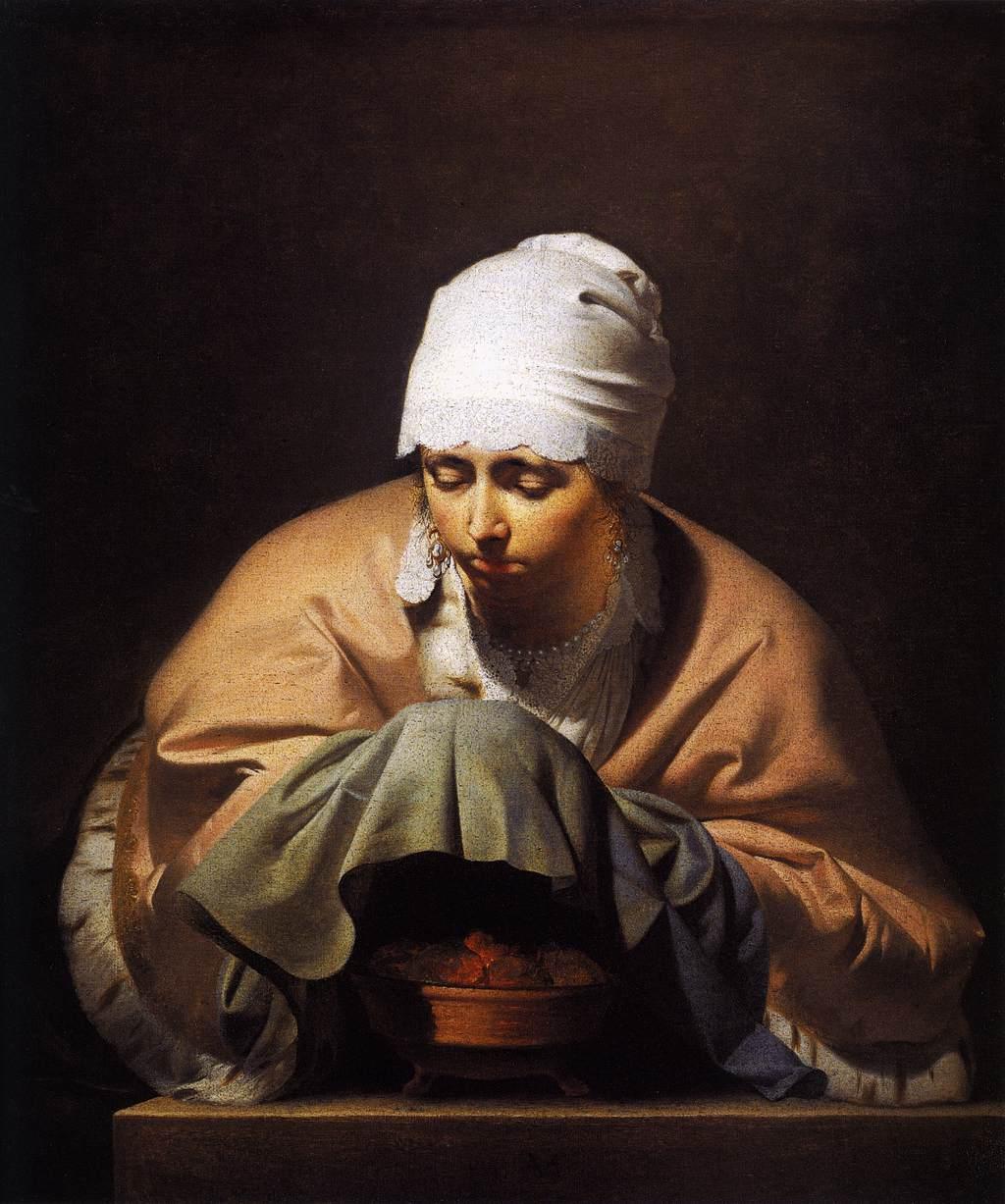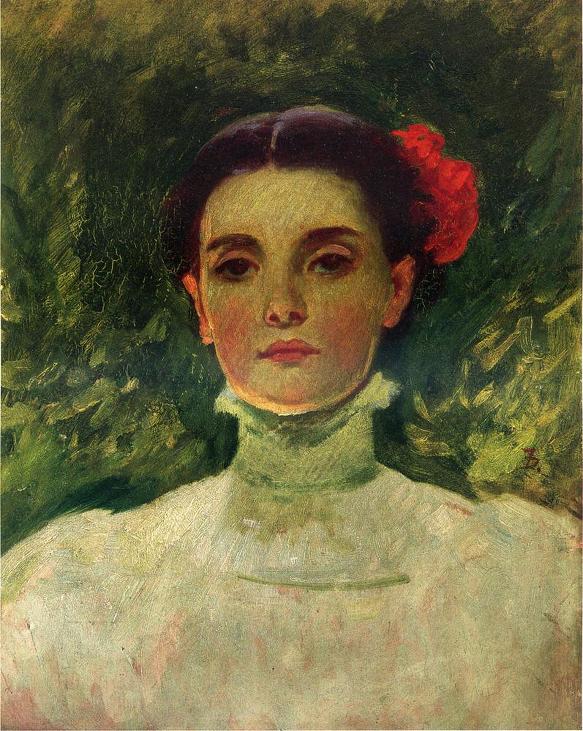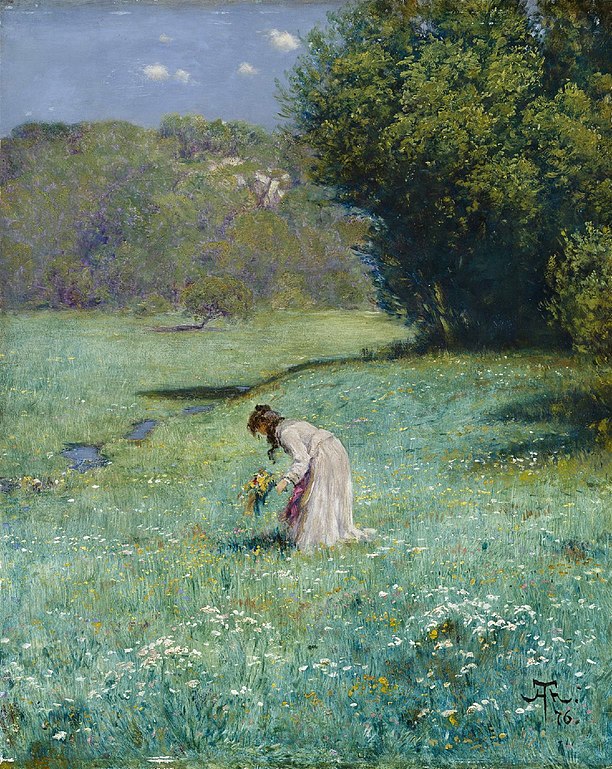 |
| 'Girl With A Pearl Earring' (c. 1665) by Johannes Vermeer; Mauritshuis, The Hague |
I guess on the list of most famous Dutch painters, next to Rembrandt and Van Gogh, ranks Johannes Vermeer, baptised on 31 October 1632 (no record of his actual date of birth). His Girl With a Pearl Earring is his masterpiece and world famous, sometimes referred to as 'The Dutch Mona Lisa'. To see it in closer detail, click here and once again to enlarge it. It is indeed beautiful, but not my favourite painting by Vermeer and also not my favourite painting of the collection of the wonderful Mauritshuis in The Hague. I have visited the museum numerous times now and can recall the first time I saw the Girl with the Pearl Earring. I thought it was beautiful but I was also a bit disappointed. It is such a famous painting that when I looked at it for the first time in real life, it didn't hold any surprises. It was just the way I had seen it in art books and reproductions. This might sound terrible to art connoisseurs but that's how I experienced it. The blue wasn't more startling (Vermeer preferred to use cool tones of blue), nor the intimate look in the girl's eyes. For instance, I find a Rembrandt painting always a bit of a surprise seeing it in real life, because his dramatic use of light can never be matched in a reproduction. Anyway, I hope I didn't offend any fervent fans of this particular painting. About the man himself, I only want to mention the following and the rest you can read by clicking on his name above. Vermeer was known for his paintings of domestic interior scenes of middle class life and only produced forty or so paintings. He stayed relatively unknown during his brief lifetime and it wasn't until the 19th century that he got recognition and appreciation for his work. Of course I could have chosen another painting by Vermeer, like Diana and Her Companions (also to be seen at the Mauritshuis) or the The Milk Maid or the beautiful The Lacemaker, all of which I like better than the Girl with the Pearl Earring. But I guess I want to post this masterpiece to appreciate its beauty more. Click here for a list of Vermeer's paintings.
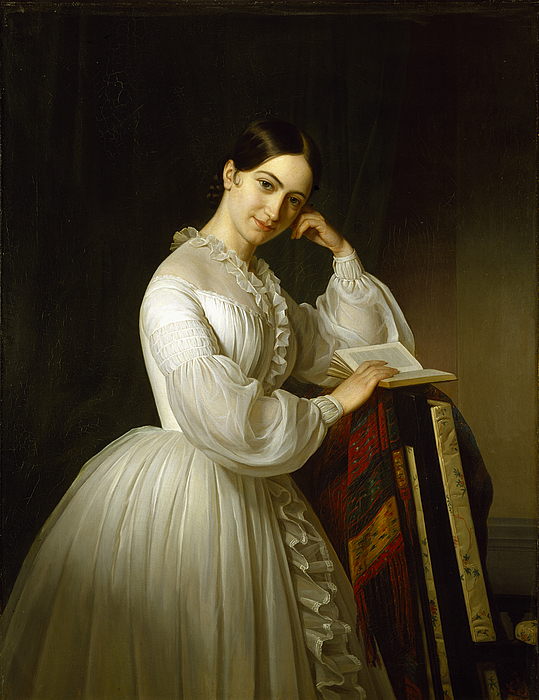
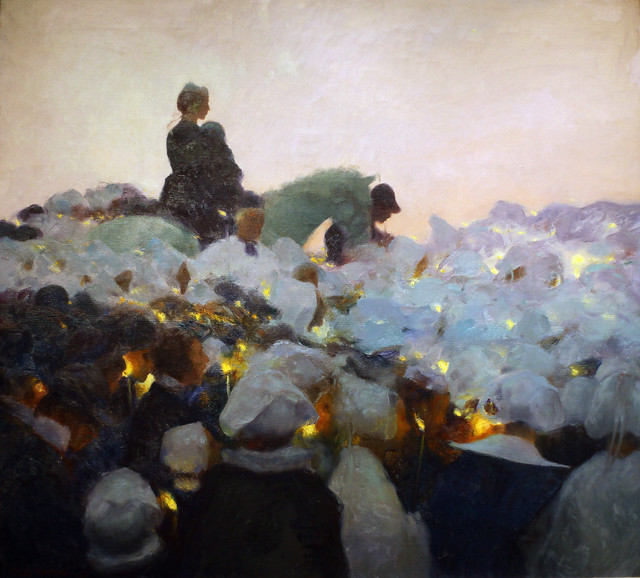






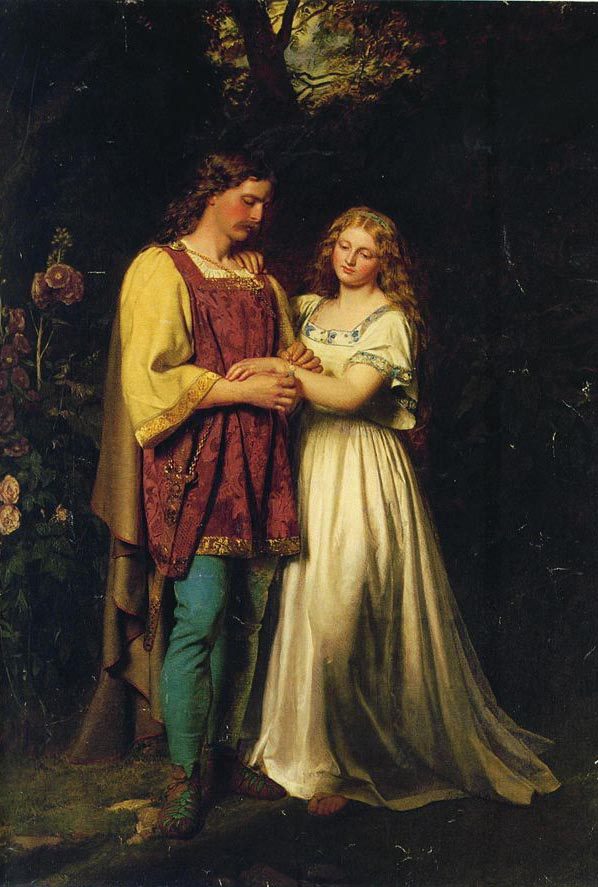


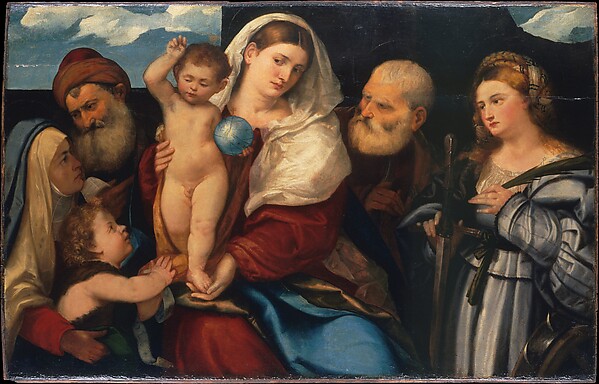
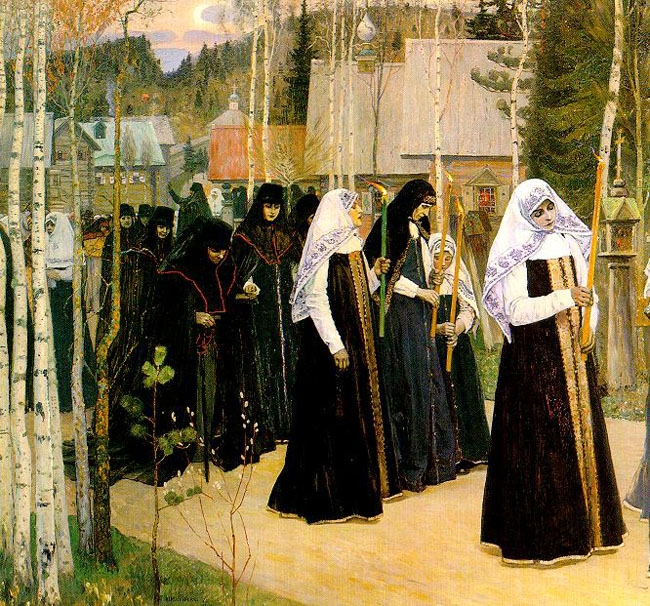

+-+Vanity.+1907.jpg)

.jpg)
